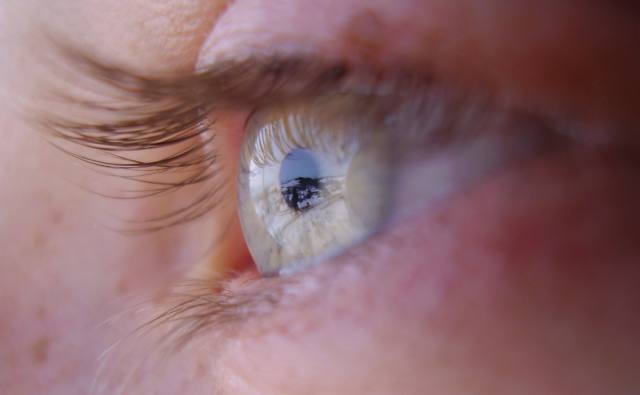Many of you will already know Colin McArthur, the charity worker who has been raising funds and awareness for the RP Fighting Blindness charity.
Colin has driven a steam train, a catamaran, hovercraft and even a light aircraft, even though he has lost his sight to Retinitis Pigmentosa (RP).
He tells us that the charity has recently part-funded research carried out at University of Southampton into RP.
New cells discovered
According to a report recently released by the University of Southampton, scientists have discovered specific cells in the eye which could lead to a new procedure to treat and cure blinding eye conditions.
Led by Professor Andrew Lotery, the study found that cells called corneal limbal stromal cells, taken from the front surface of the eye have stem cell properties and could be cultured to create retinal cells.
This could lead to new treatments for eye conditions such as retinitis pigmentosa or wet age-related macular degeneration, a condition which is a common cause of loss of vision in older people and will affect around one in three people in the UK by age 70.
Furthermore the research, published in the British Journal for Ophthalmology, suggests that using corneal limbus cells would be beneficial in humans as it would avoid complications with rejection or contamination because the cells taken from the eye would be returned to the same patient.
Professor Lotery, who is also a Consultant Ophthalmologist at Southampton General Hospital, comments: “This is an important step for our research into the prevention and treatment of eye conditions and blindness.
“We were able to characterize the corneal limbal stromal cells found on the front surface of the eye and identify the precise layer in the cornea that they came from. We were then successful in culturing them in a dish to take on some of the properties of retinal cells. We are now investigating whether these cells could be taken from the front of the eye and be used to replace diseased cells in the back of the eye in the retina. If successful this would open up new and efficient ways of treating people who have blinding eye conditions.”
This is a promising discovery as the corneal limbus is one of the most accessible regions of the human eye and it represents 90 per cent of the thickness of the front eye wall. Therefore cells could be easily obtainable from this area with little risk to the patient’s eye and sight. However Professor Lotery says more research is needed to develop this approach before they are used in patients.
Full details can be found at the British Journal of Opthamology




